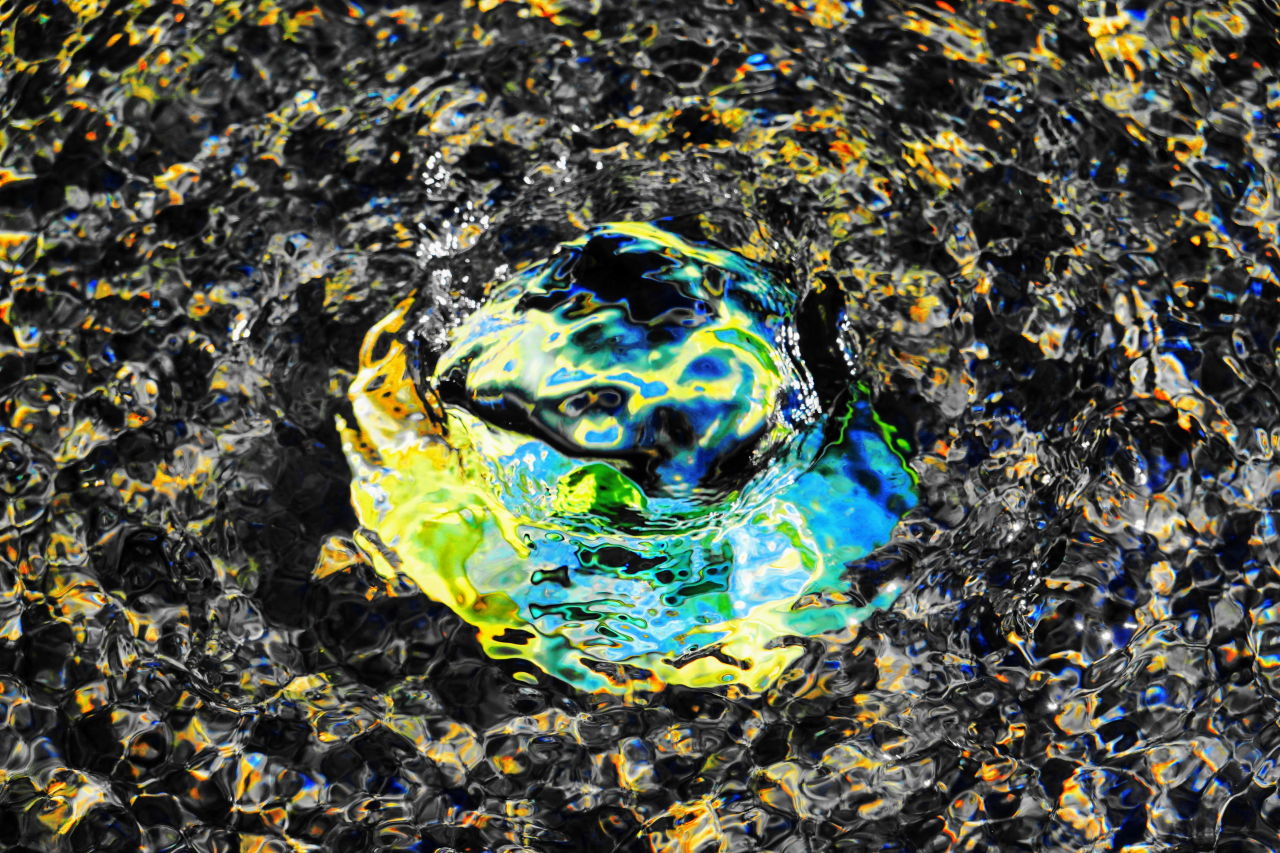Information/Facts
| Family 科 | Scientific Name 學名 | Origin 原產地 |
|---|---|---|
| Anacardiaceae 漆樹科 | Schinus terebinthifolia | subtropical and tropical South America (southeastern Brazil, northern Argentina, and Paraguay) |
- Common names include Brazilian peppertree, aroeira, rose pepper, broadleaved pepper tree, wilelaiki (or wililaiki), Christmasberry tree and Florida holly.
- Brazilian peppertree is a sprawling shrub or small tree, with a shallow root system, reaching a height of 7–10 m. Its plastic morphology allows it to thrive in all kinds of ecosystems: from dunes to swamps, where it grows as a semi-aquatic plant.
- The plant is dioecious, with small white flowers borne profusely in axillary clusters. The fruit is a drupe 4–5 mm diameter, carried in dense clusters of hundreds.
- Brazilian pepper is widely grown as an ornamental plant in frost-free regions of South America for its foliage and fruit. It is considered as a melliferous flower and is the main source of food for the bee which is an important honey producer.
- Although it is not a true pepper, its dried drupes are often sold as pink peppercorns. The seeds can be used as a spice, adding a pepper-like taste to food. They are usually sold in a dry state and have a bright pink color.
- In the United States, it has been introduced to California, Texas, Hawaii, Arizona, Nevada, Louisiana and Florida. Planted originally as an ornamental outside of its native range, Brazilian pepper has become widespread and is considered an invasive species in many subtropical regions with moderate to high rainfall.
- Brazilian pepper is hard to control because it produces basal shoots if the trunk is cut. Trees also produce abundant seeds that are dispersed by birds and ants. This same hardiness makes the tree highly useful for reforestation in its native environment, but enables it to become invasive outside of its natural range. The species, including the seed, is legally prohibited from sale, transport, or planting in some states.
- Brazilian pepper has an aromatic sap that can cause skin reactions in some sensitive people. Contact with the “sap” from a cut or bruised tree can result in rash, lesions, oozing sores, severe itching, welts and reddening and swelling (especially of the eyes).
- Peppertree is the subject of extensive folk medicinal lore where it is indigenous. Virtually all parts of this tropical tree, including its leaves, bark, fruit, seeds, resin and oleoresin (or balsam) have been used medicinally by indigenous peoples throughout the tropics. The plant has a very long history of use and appears in ancient religious artifacts and on idols among some of the ancient Chilean Amerindians.
- Throughout South and Central America, Brazilian peppertree is reported to be an astringent, antibacterial, diuretic, digestive stimulant, tonic, antiviral and wound healer. In Peru, the sap is used as a mild laxative and a diuretic and the entire plant is used externally for fractures and as a topical antiseptic. The oleoresin is used externally as a wound healer, to stop bleeding and for toothaches and it is taken internally for rheumatism and as a purgative. In South Africa, a leaf tea is used to treat colds and a leaf decoction is inhaled for colds, hypertension, depression and irregular heartbeat. In the Brazilian Amazon, a bark tea is used as a laxative and a bark-and-leaf tea is used as a stimulant and antidepressant. In Argentina, a decoction is made with the dried leaves and is taken for menstrual disorders and is also used for respiratory and urinary tract infections and disorders.
- Brazilian peppertree is still employed in herbal medicine today in many countries. It is used for many conditions in the tropics, including menstrual disorders, bronchitis, gingivitis, gonorrhea, gout, eye infections, rheumatism, sores, swellings, tuberculosis, ulcers, urethritis, urogenital disorders, venereal diseases, warts and wounds.
- 常用名稱包括巴西胡椒樹,阿羅亞伊拉,玫瑰胡椒,闊葉胡椒樹,wilelaiki(或wililaiki),聖誕莓樹和佛羅里達州的冬青樹。
- 巴西胡椒樹是蔓生的灌木或小型的樹,根淺,可達7–10公呎 的高度。它的可塑性形態使其可以在各種生態系統中蓬勃發展:從沙丘到沼澤,在其中生長為半水生植物。
- 巴西胡椒樹是雌雄異株,簇生著許多白色的小花。 果實直徑為4-5厘米的核果,成簇密集上百。
- 巴西胡椒因其葉子和果實在南美無霜地區被廣泛用作觀賞植物。 它被認為是會產生蜜的花,是蜜蜂的主要食物來源,而蜜蜂是重要的蜂蜜生產者。
- 儘管它不是真正的胡椒,但其乾核果通常以粉紅色胡椒粉出售。 種子可以用作香料,為食物增添胡椒味。 它們通常以乾燥狀態出售,並具有明亮的粉紅色。
- 在美國,已將其引入加利福尼亞,德克薩斯州,夏威夷,亞利桑那州,內華達州,路易斯安那州和佛羅里達州。 巴西胡椒原本是作為一種觀賞植物種植在其本土範圍之外的,如今已廣為傳播,並被認為是許多亞熱帶地區雨量中等至高降雨區的入侵物種。
- 巴西胡椒很難控制,因為如果樹幹被切掉,就會產生基芽。 樹木還產生許多的種子,這些種子會被鳥類和螞蟻分散出去。 這種堅韌性使該樹對於在其原始環境中進行植樹造林非常有用,但使它可以在其自然範圍之外進行入侵。在某些州,在法律上巴西胡椒(包括種子)是被禁止銷售,運輸或種植的。
- 巴西胡椒具有芳香的樹液,可引起某些敏感人群的皮膚反應。接觸到被砍或被傷的樹木上的“樹汁”,會導致皮疹、病灶、滲液體的瘡、嚴重的瘙癢、紅腫,泛紅和腫脹(尤其是眼睛)。
- 胡椒樹是土著民俗醫學的學科。 實際上,整個熱帶地區的土著人民都可將這熱帶樹木的所有部分,包括葉子、樹皮、果實、種子、樹脂和油樹脂(或香脂)那來當藥用。 它有很長的使用歷史,並出現在古代的宗教文物和一些古代智利美洲印第安人的偶像中。
- 在整個南美和中美洲,據報導巴西胡椒樹皮是收斂劑,抗菌劑,利尿劑,消化刺激劑,滋補劑,抗病毒劑和傷口癒合劑。 在秘魯,汁液用作溫和的瀉藥和利尿劑,整株植物在外部用於骨折和作為局部殺菌劑。 油樹脂在外部用作傷口癒合劑,以止血和治療牙痛,在內部用於風濕病和瀉藥。 在南非,使用葉茶治療感冒,並吸入葉湯治療感冒,高血壓,抑鬱和心律不齊。 在巴西的亞馬遜地區,樹皮茶被用作瀉藥,樹皮和葉茶被用作興奮劑和抗抑鬱劑。 在阿根廷,用乾燥的葉子製成湯劑,用於月經失調,也用於呼吸道和泌尿道感染和失調。
- 今天,在許多國家/地區,巴西胡椒仍被用作草藥。 它可用於熱帶地區的許多疾病,包括月經失調,支氣管炎,牙齦炎,淋病,痛風,眼部感染,風濕病,瘡,腫脹,結核,潰瘍,尿道炎,泌尿生殖系統疾病,性病,疣和傷口。
Another related post about other Christmas berry: Toyon 柳葉石楠
Another related post about peppertree: Schinus molle 秘魯胡椒樹
References
- Wikipedia: Heteromeles









